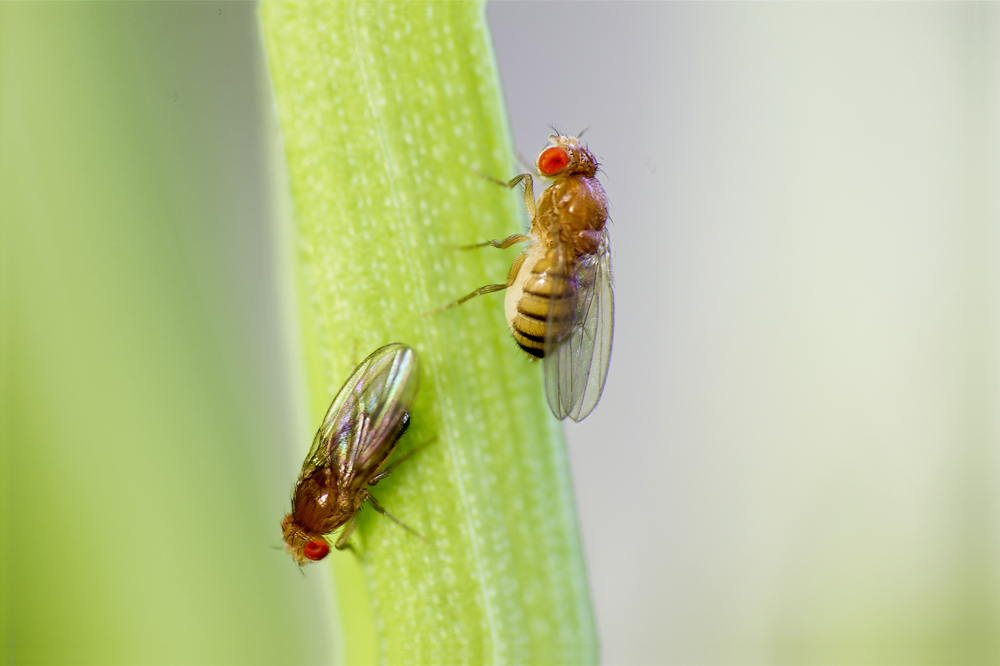Gene Mutation in Rare Disease May Help Research in Nonalcoholic Fatty Liver Disease

A team of international researchers identified the genetic cause of a very rare disease seen so far only in a single family living in a remote region of Pakistan.
The condition caused by the mutation was named Siddiqi syndrome after the scientist who first made contact with the family. It is characterized by a hearing impairment that develops into profound deafness, and delayed motor development which then turns to regression.
But the findings might have implications in improving the diagnosis and treatment of other diseases involving defects in this gene, including nonalcoholic fatty liver disease and type 2 diabetes.
The study, “A homozygous FITM2 mutation causes a deafness-dystonia syndrome with motor regression and signs of ichthyosis and sensory neuropathy,” was published in the scientific journal Disease Models and Mechanisms.
Directing resources to characterize a disease that seemingly affects such a small number of people might not seem like the best choice. But Dr. Saima Siddiqi, of the Institute of Biomedical and Genetic Engineering in Islamabad, Pakistan, explained in a press release that rare diseases in remote and underdeveloped regions like Pakistan are not necessarily as rare as people might think, since a lack of facilities and funding prevents proper disease management and diagnosis.
“It might only take one published study on a rare disease to start making connections to other patients for whom a diagnosis is still elusive,” said Dr. Hannie Kremer of the Radboud University Medical Centre in Nijmegan, the Netherlands.
She said she has already been contacted by a clinical geneticist about a patient in his clinic with the same genetic mutation. “So there might be a second family now and further clinical examinations are being performed in the young patient to determine to which extent the disease is similar to the disease in the published family,” Kremer said.
The mutation is in a gene called FITM2, which is involved in lipid droplet formation and energy metabolism. It is a single homozygous nonsense mutation, meaning that it is found on both copies of the FITM2 gene and causes the gene to stop being read too early due to a premature stop signal. The mutation has been identified in five of the family’s eight children, who all had symptoms of the disease.
Interestingly, the family members did not have lipodystrophy, or the degeneration of the body’s fat tissue, as would be expected based on the known function of the FITM2 gene in lipid droplet formation. According to Siddiqi, this finding might have implications in improving the diagnosis and treatment of diseases such as nonalcoholic fatty liver disease and type 2 diabetes, which also have been described as having defects in FITM2 and lipid droplet formation.
In order to confirm their discovery, the researchers reduced the activity of the homologous gene in the fruit flies and saw that like the children, the flies also had abnormalities in their hearing and movement. The researchers showed that the mutation was causing the sensory neurons — or nerve cells that convert external stimuli from the environment into electrical signals — to branch abnormally in the flies as they developed.
This finding can now help this family get genetic counseling and career screening for the mutation. It can also help other families who have not yet been able to get a diagnosis for their child’s condition.
“Parents can spend many years consulting with medical professionals trying to find out what is wrong with their child,” Kremer said. “Finally understanding the nature of the disease can help to relieve feelings of guilt parents often experience that something they did might have caused the condition.”







